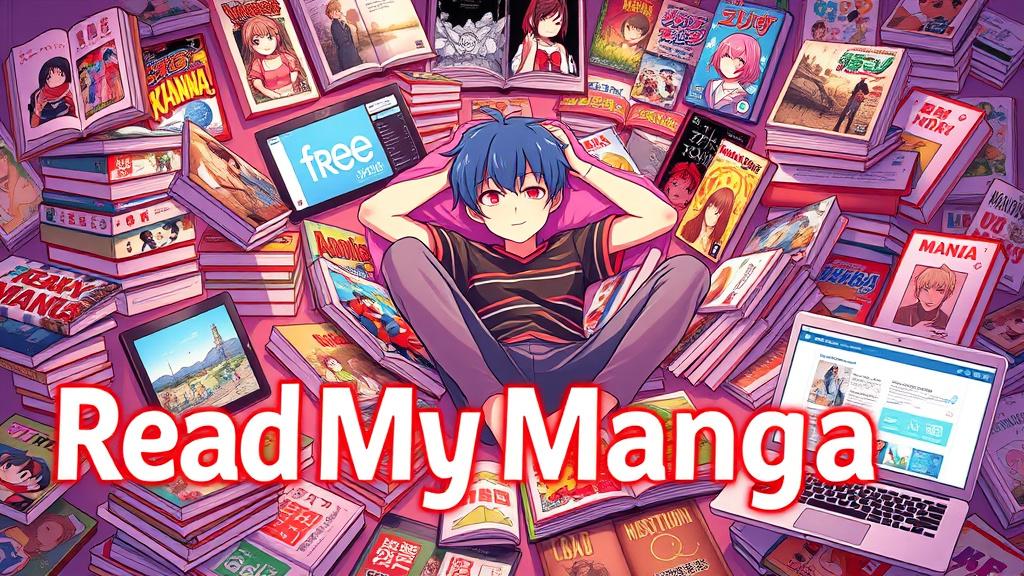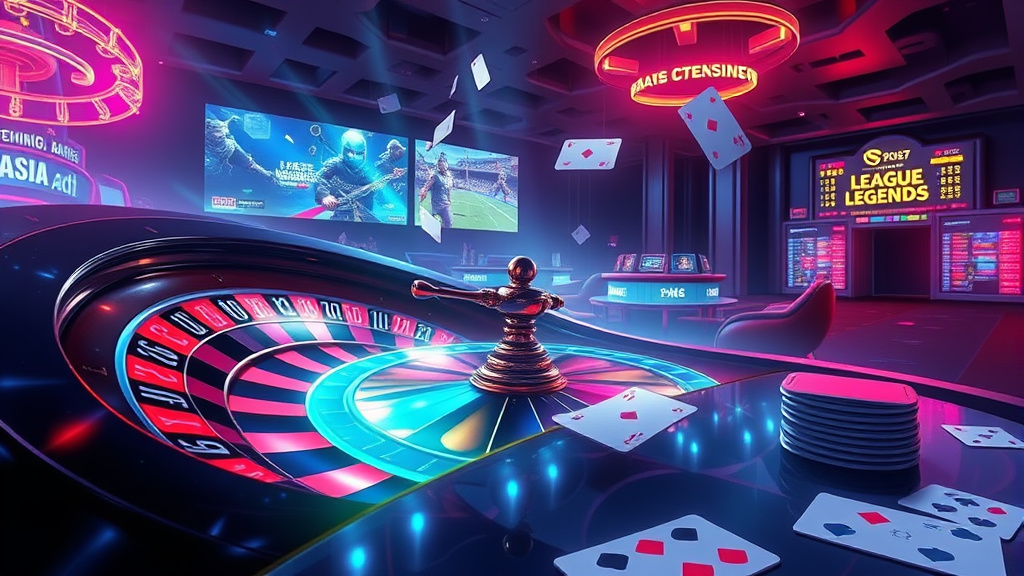romance anime books offer a unique blend of heartfelt storytelling and visual artistry, capturing the imagination of readers and anime fans alike. These stories showcase the complexities of love, friendship, and personal growth, drawing readers into emotionally charged worlds where characters navigate the joys and struggles of romantic relationships. Whether you’re drawn to the soft beauty of gentle love stories or the intense passions of dramatic romances, romance anime books provide a rich tapestry of emotions and themes that appeal to a broad audience.
Main Keyword: romance anime books
The Alluring Intersection of Romance, Anime, and Books: A Gateway to Escapism
The convergence of romance, anime, and books creates a captivating portal to escapism, allowing enthusiasts to indulge in worlds where love is both a journey and a destination. Romance anime books serve as a bridge between illustrated storytelling and traditional literature, combining visual elements with narrative depth. This hybrid form invites readers to immerse themselves in beautifully crafted universes where characters' emotions are amplified, making the romantic tension more palpable and relatable. The appeal lies in how these stories tap into universal themes of longing, hope, and vulnerability, resonating on a deeply personal level.
What makes romance anime books particularly compelling is their ability to evoke empathy through detailed character development and vivid settings. They often explore the nuances of romantic relationships—falling in love, heartbreak, unspoken feelings—within fantastical or everyday contexts. This intersection not only provides comfort and entertainment but also offers insights into human nature and emotional resilience, making it a meaningful escapist refuge for lot of readers who crave authentic love stories framed in a visually appealing and emotionally engaging format.
 Hình minh họa: romance anime books – manga read online no ads
Hình minh họa: romance anime books – manga read online no adsFrom Page to Screen (and Back Again): Exploring Romance Anime Adaptations of Novels
Many acclaimed romance novels have made their way into the visual realm through anime adaptations, bringing a new layer of vibrancy and dynamism to the original stories. These adaptations often enhance the narrative by emphasizing characters' expressions, body language, and background art, enriching the romantic ambiance. Viewers can experience the story unfold in a more visceral manner, allowing them to connect with characters on a different emotional frequency. Conversely, some fans prefer the original literary version for its depth of narration and internal monologues that might be condensed or altered in anime form.
Interestingly, the process of adapting romance novels into anime sometimes leads to debates about fidelity to the source material. While visual storytelling can elevate emotional impact, it may also introduce changes that influence how romantic relationships are perceived or interpreted. For instance, a novel’s subtle inner dialogue may be translated into expressive animation or soundtrack cues. Overall, these adaptations serve as artful interpretations that broaden the reach of romance anime books, bringing heartfelt stories to diverse audiences and encouraging cross-medium storytelling appreciation.

Beyond the Screen: Delving into Anime-Inspired Romance Novel Recommendations
Anime-inspired romance novels are thriving, inspired by beloved series, character archetypes, and narrative styles from popular anime. These books often explore themes such as unrequited love, high school crushes, or fantasy romances rooted in magical worlds. For readers craving stories aligned with their favorite anime themes, these novels serve as an engaging extension that allows them to live within the worlds they cherish. Many writers draw inspiration from manga art styles or anime narrative tropes to craft stories that resonate visually and emotionally alike.
For those seeking top recommendations, titles like “Kimi ni Todoke” (adapted from the manga) or “Your Lie in April” (originally a manga but with deep narrative ties to anime storytelling) exemplify how romance anime influence literary works. These novels often feature richly developed characters, emotional dilemmas, and dramatic arcs that mirror their anime counterparts. Embracing these books can deepen one’s appreciation for anime-inspired storytelling, enriching the overall experience of romance in both written and visual forms.
Character Archetypes and Tropes in Romance Anime and Literature: A Comparative Analysis
Romance anime and literature both leverage familiar character archetypes and tropes that serve to instantly communicate underlying themes and emotional beats. In anime, archetypes like the shy girl, the mysterious boy, or the energetic childhood friend are recurrent, allowing viewers to quickly understand character relationships and motivations. Similarly, romance novels often rely on tropes such as the ‘love triangle,’ ‘enemies to lovers,’ or ‘tsundere’ characters, which provide a framework for storytelling that balances predictability and surprise.
Analyzing the use of these archetypes reveals subtle differences in how stories are told. Anime often emphasizes visual cues—like exaggerated expressions or iconic uniforms—to communicate personality traits, while novels delve into internal thoughts and nuanced dialogue. Both mediums, however, thrive on these familiar patterns because they evoke immediate recognition and emotional investment. Recognizing these archetypes helps us appreciate storytelling techniques that create relatable characters and compelling romantic conflicts across media, fostering a deeper understanding of cultural storytelling conventions and audience expectations.
The Emotional Resonance of Romance Anime and Books: Why These Stories Captivate Us
The emotional resonance found in romance anime books lies in their ability to evoke genuine feelings—hope, despair, joy, and heartbreak—with sincerity and finesse. These stories often focus on relatable human experiences like yearning for connection or overcoming personal insecurities, making their characters' journeys universal. The combination of beautiful artwork, evocative music, and compelling narration heightens emotional impact, dragging readers and viewers into the characters' worlds.
What sets romance stories apart is their power to mirror our own emotional struggles, offering a sense of catharsis and understanding. Whether it’s witnessing a tender confession or enduring a heartbreaking separation, these narratives tap into the core of human vulnerability. Their ability to evoke empathy and inspire reflection makes romance anime books a potent form of escapism—one that not only entertains but also enriches our emotional intelligence and resilience.
Cultural Nuances in Romance Depictions: Examining Anime vs. Western Literature
Cultural nuances play a significant role in shaping how romance is depicted within anime and Western literature, reflecting differing social norms, values, and storytelling traditions. Anime often portrays romance through a lens of collective harmony, modesty, and societal expectations, as seen in the emphasis on respect, hierarchy, and subtle flirtation. Characters might navigate romantic feelings with a blend of innocence and restrained gestures, emphasizing emotional sincerity over explicitness.
Western romance literature, on the other hand, often explores themes of individual choice, passion, and open expression of feelings. It tends to focus more on internal emotional landscapes and personal agency within romantic relationships. Exploring these differences enhances our understanding of how cultural contexts influence storytelling, fostering appreciation for the diverse ways love is experienced and portrayed worldwide. Both approaches offer valuable insights into human nature, enriching our perspective on romance through their unique cultural lenses.
Building Intimacy and Connection: A Look at Relationship Dynamics in Romance Anime and Novels
Relationship dynamics in romance anime and novels are crafted through a delicate interplay of dialogue, gestures, and situational conflicts. Anime often emphasizes non-verbal cues like blushes, pauses, and acts of kindness to build intimacy gradually, creating moments of quiet vulnerability that resonate deeply with viewers. Meanwhile, romance novels tend to explore internal thoughts and feelings, revealing characters' deeper fears, hopes, and motivations that drive their actions.
Understanding these techniques highlights how different media approach the portrayal of intimacy. In anime, the visual language amplifies emotional cues, allowing audiences to 'read' characters’ feelings without explicit dialogue. Novels, however, offer insight into characters’ minds, creating a layered inner dialogue that enriches the romantic tension. Both methods effectively evoke authentic connection, demonstrating that love—and its portrayal—is a universal endeavor transcending format, yet uniquely shaped by the storytelling tools each medium offers.
The Power of Visual Storytelling: Comparing Narrative Techniques in Romance Anime and Books
Visual storytelling is a hallmark of romance anime; expressive animation, color palettes, and dynamic framing work together to evoke moods and emphasize romantic moments. Techniques like close-ups during confession scenes or slow zooms during emotional monologues heighten viewers’ emotional engagement. These visual cues often replace lengthy descriptions, allowing the story to unfold through sight and sound, which makes emotional beats more immediate and visceral.
Books, on the other hand, rely on narrative techniques such as descriptive prose, inner monologues, and literary symbolism to conjure vivid imagery in the reader’s mind. The strength of written storytelling lies in its ability to gradually build atmospheres and access nuanced emotions, often filling in details that a visual medium might omit or simplify. Both approaches are powerful in their own right, illustrating how narrative techniques adapt to their respective formats to create compelling romantic stories that resonate deeply with audiences.
Target Audiences and Genre Evolution: Tracing the Development of Romance in Anime and Literature
The evolution of romance as a genre reflects shifting societal norms, technological advances, and audience preferences in both anime and literature. Early anime romantic stories often targeted a teen demographic, with themes of innocence and coming-of-age, but gradually expanded to include more mature and nuanced relationships, including LGBTQ+ themes. Similarly, romantic literature has diversified, with contemporary novels exploring complex identities, long-distance love, and mental health to mirror real-world diversity.
Over time, both genres have embraced queer representation, cultural diversity, and genre hybridity, blending romance with fantasy, science fiction, or supernatural elements. These developments show how the genre adapts to changing societal attitudes and promotes inclusivity while remaining rooted in universal themes of love and human connection. The ongoing evolution indicates a broader acceptance of varied narratives, enabling romance anime books and traditional literature to reach new audiences and explore love in all its multifaceted forms.
Where to Start Your Journey: Essential Romance Anime and Books for Beginners
Beginning your journey into romance anime books is exciting, and selecting the right starting points can make all the difference. For newcomers, titles like Clannad or Toradora! are excellent entry points due to their heartfelt storytelling and relatable characters, blending humor with emotional depth. Similarly, books like The Fault in Our Stars or Eleanor Oliphant Is Completely Fine introduce romance through accessible language and compelling narratives, offering a gentle immersion into love stories that appeal across age groups.
To expand your horizons, explore works that combine different elements such as fantasy (Fruits Basket) or historical settings (Emma). The key is to find stories that resonate with your interests and emotional openness. Romance anime books span a vast spectrum—from lighthearted tales to profound explorations of love—so starting with widely acclaimed or personally appealing titles will foster a lasting appreciation for the genre’s depth and diversity.
Conclusion
In conclusion, romance anime books serve as a captivating intersection of visual artistry, emotional storytelling, and cultural expression, offering diverse experiences for readers and viewers alike. From adaptations that bring novels to life on screen to original literature inspired by anime themes, these stories explore universal themes of love, vulnerability, and human connection through various narrative techniques. Analyzing character archetypes and cultural nuances reveals the rich tapestry of storytelling traditions, while the focus on emotional resonance underscores why these stories continue to captivate and inspire audiences worldwide. Whether experienced through pages or animation, romance remains a powerful genre that celebrates the depth and complexity of love in all its forms, inviting us to explore the endless possibilities of romance anime books.





